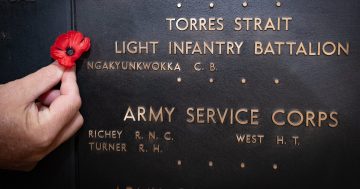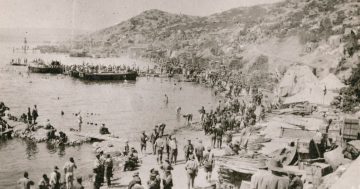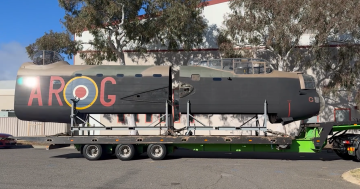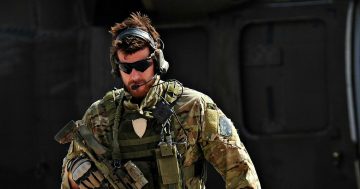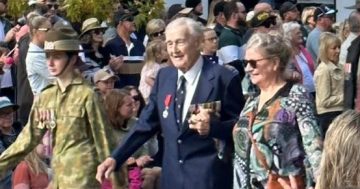Reviewed by Rama Gaind.
By Will Davies, Vintage, $34.99.
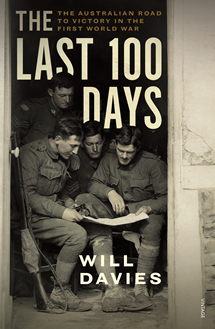 Battlefields are still a big drawcard for war historian Will Davies. Much has been written about the Great War, and a great deal on the Australian Imperial Force (AIF) and its operations, but now he explores, in dramatic detail, the last 100 days and the Australian contribution to final victory in November 1918.
Battlefields are still a big drawcard for war historian Will Davies. Much has been written about the Great War, and a great deal on the Australian Imperial Force (AIF) and its operations, but now he explores, in dramatic detail, the last 100 days and the Australian contribution to final victory in November 1918.
“Even now, 100 years on from the destruction and death of the Great War, the battlefields of France and Belgium continue to reveal so much about the men who fought and died there…”
Australia’s attention turned from the Gallipoli campaign to the Western Front a few years ago. The Great War centenary celebrations, starting with Fromelles and Pozières in 2016 increased the public interest in the area’s history and saw a rise in the number of visitors to the Australian operational area of the Western Front.
At last, fighting at the end saw the Australians controlling and planning their own battles and their own destiny with General John Monash in command.
“In the lead-up to victory, the men of the AIF were more enthusiastic, energized and confident than they had been for years. The AIF, they knew, was a formidable fighting machine, feared by the enemy, respected by the British High Command, and celebrated by the people of their new nation.”
Davies recently visited the areas from the Corbie to Montbrehain, tracing the Australians’ advance in those last 100 days: first with the attack in early July at Hamel, up the Somme valley, across the river to Mont St Quentin and Péronne, and then east following the advance toward the Hindenburg Outpost Line and finally the Hindenburg Line itself.
In writing this history the author has relied on two main sources: the daily war diary entries from the 15 AIF brigades and 60 battalions and the battalion histories written after the war.
Davies vividly captures the ‘voice’ of the time, as an echo, telling of these “soldiers’ matter-of-fact recounts of life on the ground, of their attitude to the enemy, and their varied responses to death and loss even as they marched to victory”.



